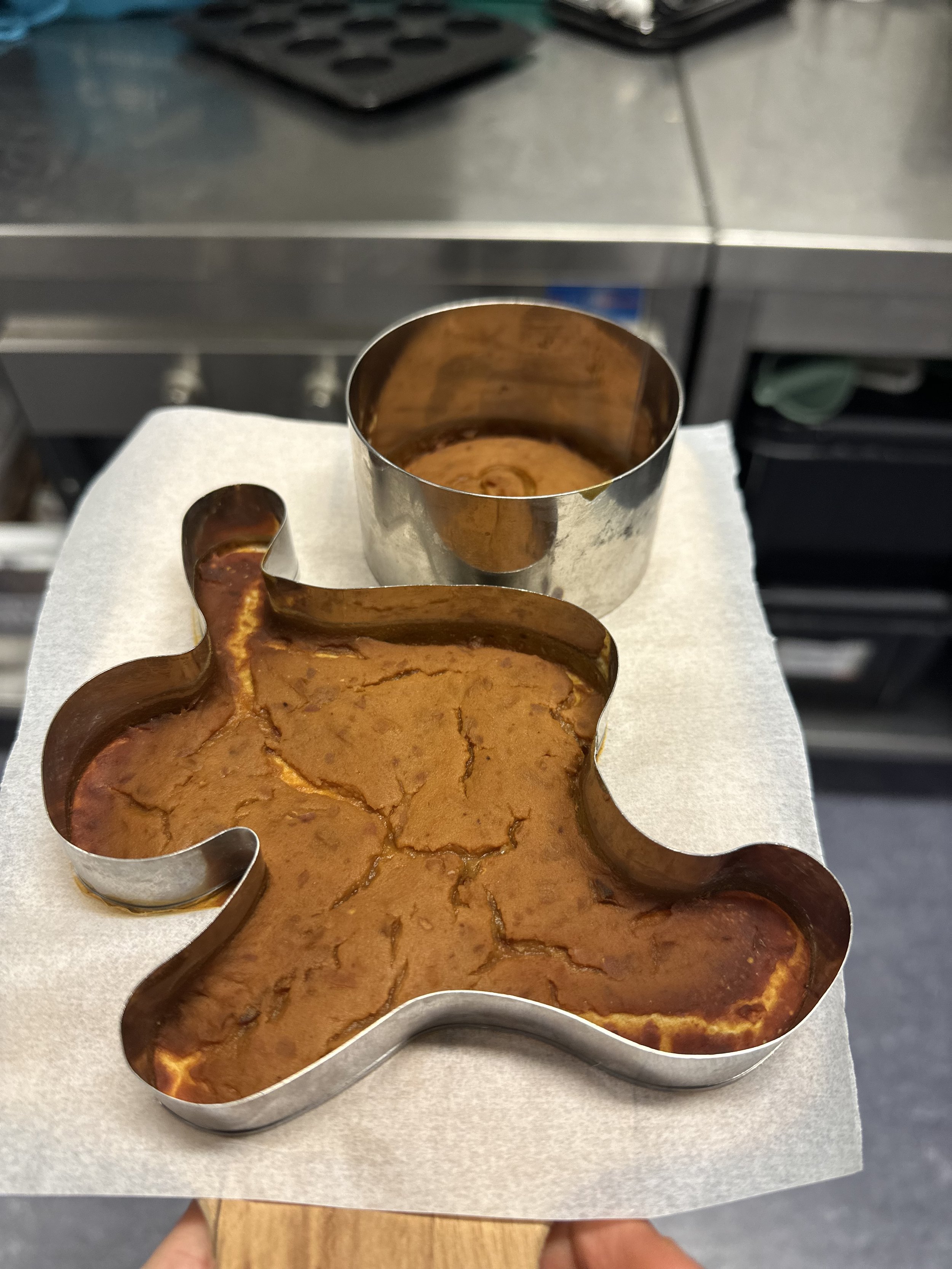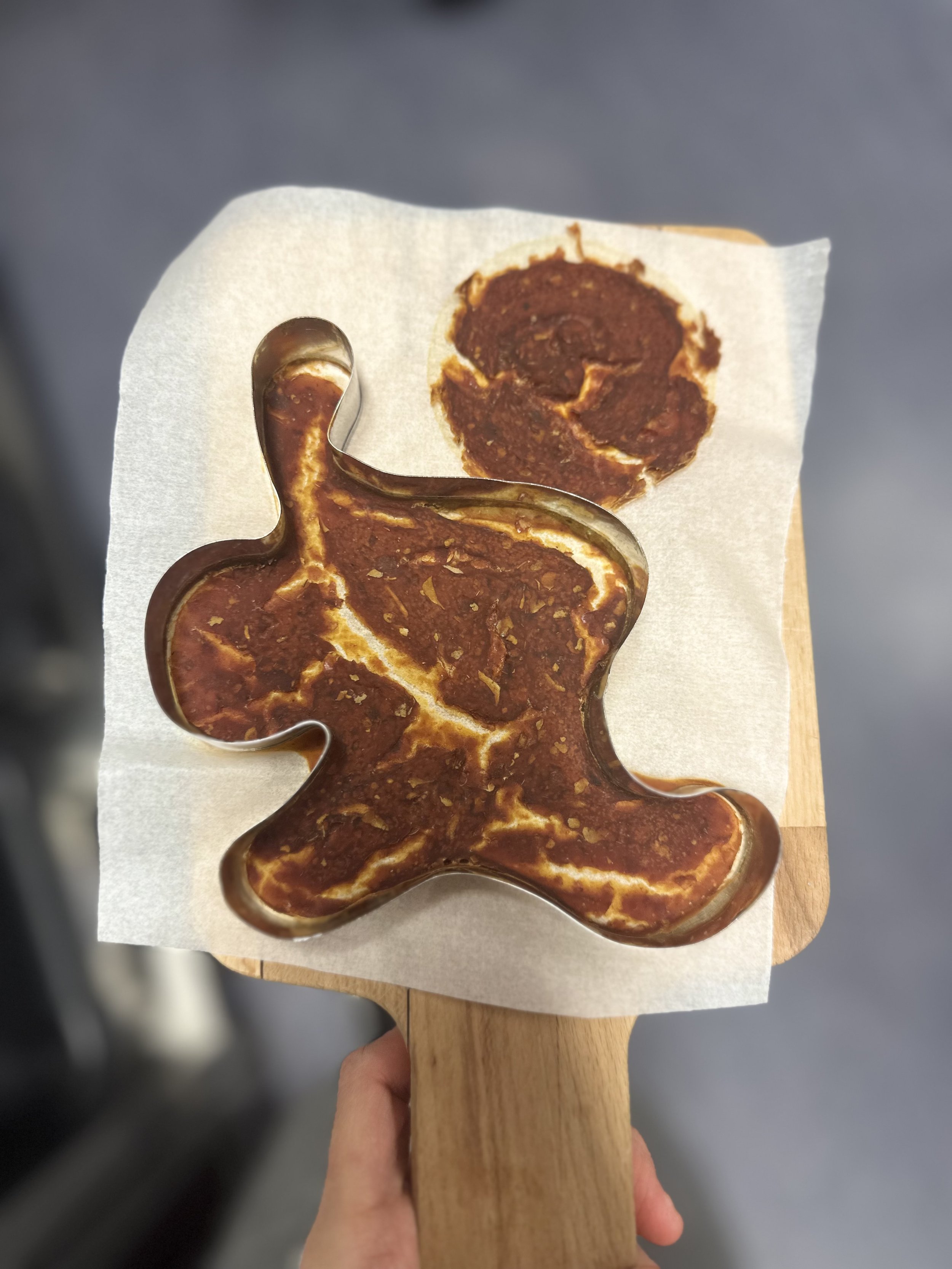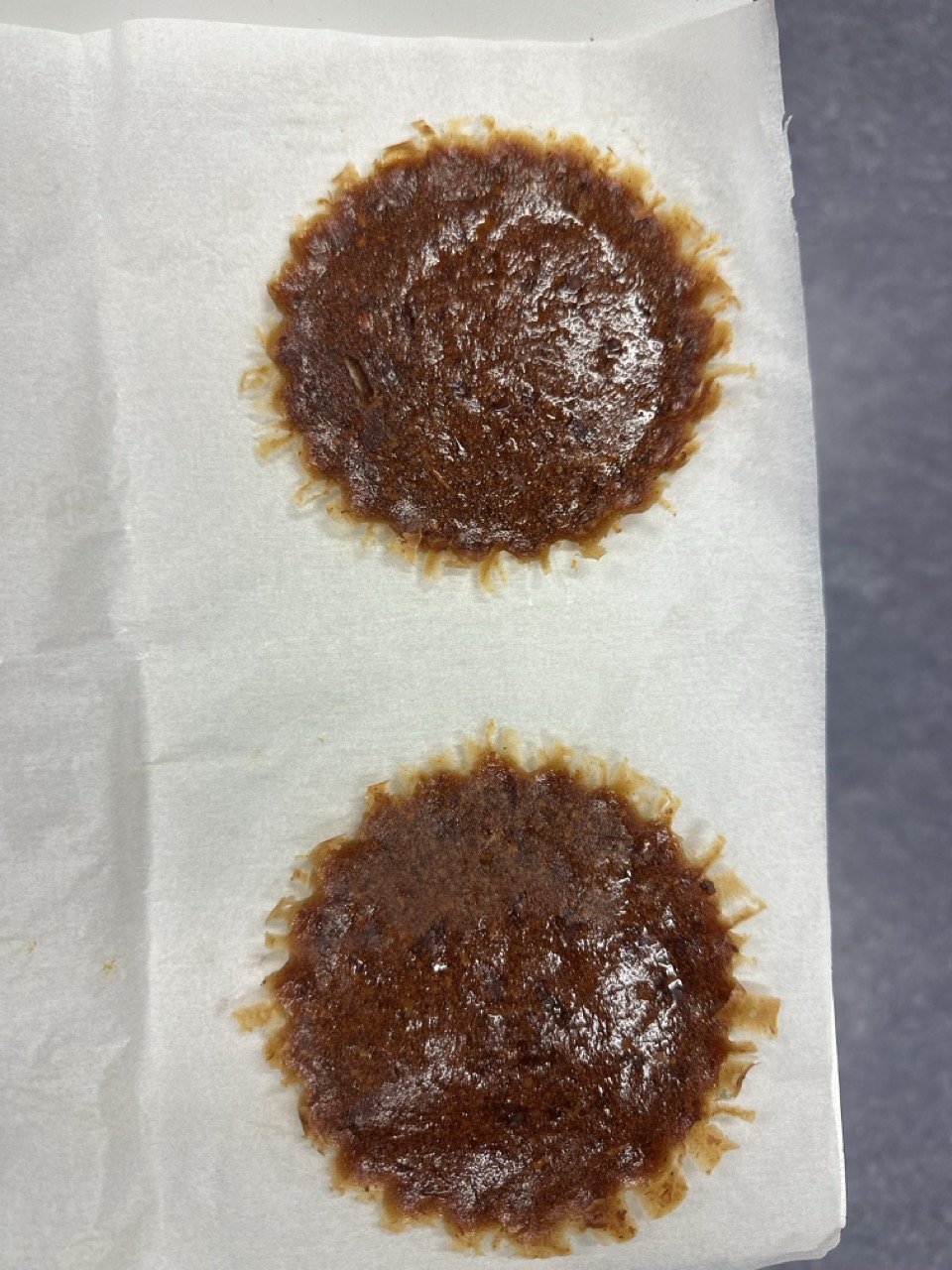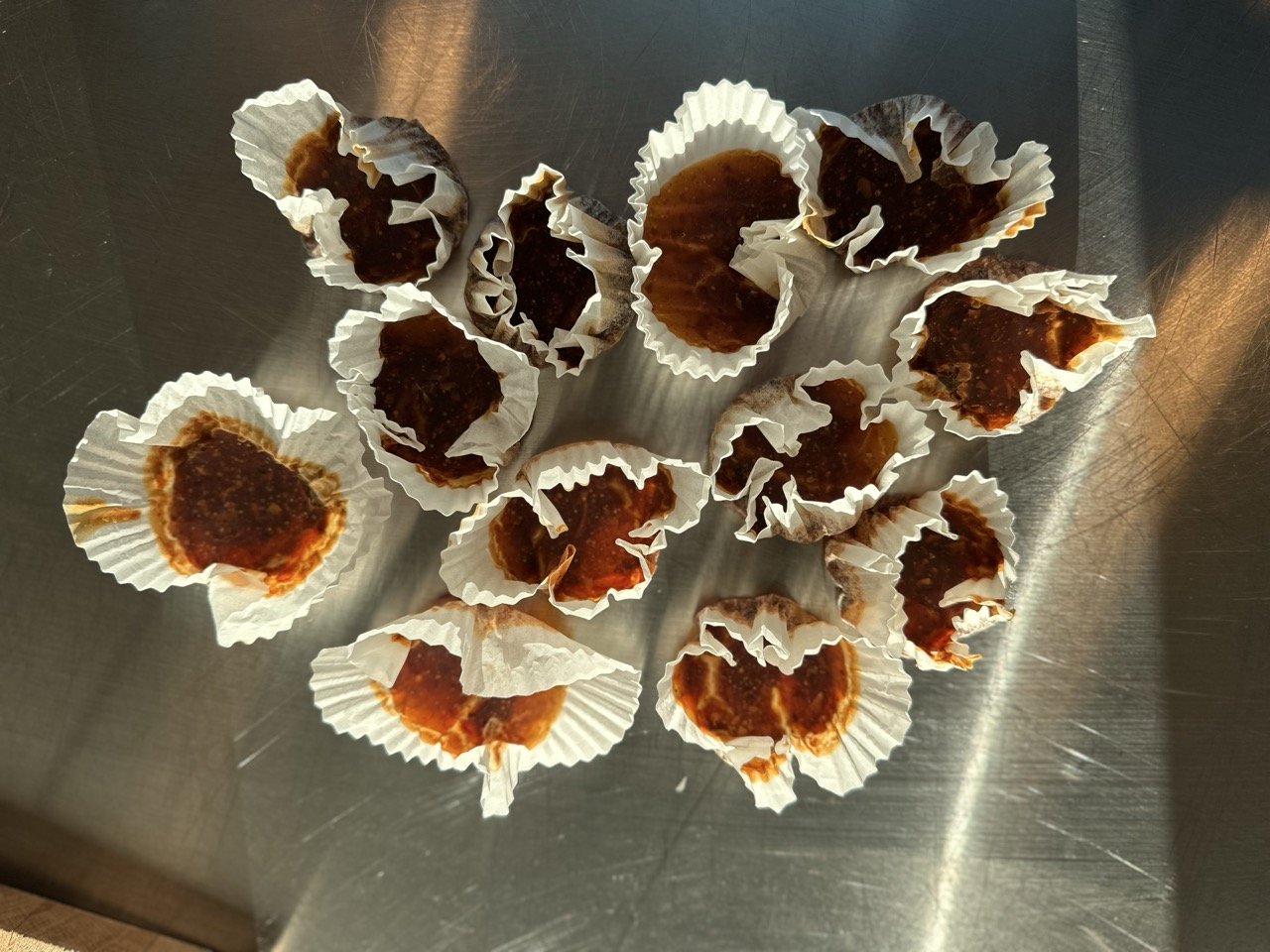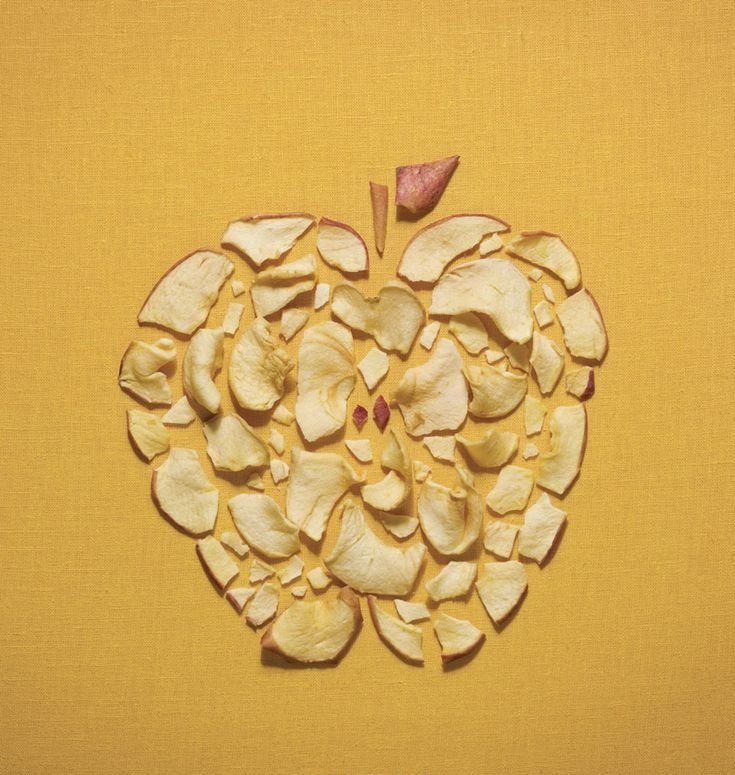M´Apple Experience
M’Apple Stories
How many apple varieties are there? Where do wild apple trees grow? What does the stories of apples entail?
The apple has played a significant role in history and culture, making it one of the most celebrated fruits globally. Its origins can be traced back thousands of years to Central Asia, where the wild ancestor of the modern apple, Malus sieversii, still grows. The fruit spread through trade routes and was cultivated by various civilizations, including the Greeks and Romans, who valued it for its flavor and nutritional benefits.
One of the most famous stories related to apples is that of Isaac Newton. According to legend, Newton was inspired to formulate his theory of gravity after observing an apple falling from a tree. This anecdote highlights the apple's association with knowledge and discovery, symbolizing enlightenment and the pursuit of scientific understanding.
In mythology, apples often represent temptation and desire. In the biblical story of Adam and Eve, the apple is often depicted as the forbidden fruit that led to humanity's fall from grace. This narrative has reinforced the apple's symbolism in various cultural contexts, linking it to themes of sin and knowledge.
Additionally, the apple has permeated folklore and children's literature. In the tale of "Snow White," the poisoned apple becomes a pivotal element, symbolizing danger and deception disguised in beauty. This story has contributed to the apple's dual nature as both a nourishing fruit and a source of peril.
Throughout history, apples have also played a vital role in agriculture and economy. The cultivation of different apple varieties has led to the development of many regional apple festivals and traditions. In the United States, for example, apple picking is a popular autumn activity, and events like National Apple Month celebrate this beloved fruit.
In summary, the apple is more than just a fruit; it embodies rich historical significance and cultural narratives. From scientific discovery to mythological tales, its prominence in various stories underscores its importance through time.
Apple Stories
The apples stories, all over the world.
Apple Peels
Some experiments with the apple peels.
Apple Leather Recipe
Ingredients
Apple Waste:
500 g (about 2–3 apples) of apple peels, cores, or pulp (leftover from juicing works well).
Water:
150 mL (⅔ cup) to blend and adjust consistency.
Agar-Agar Powder (as a binder):
1 teaspoon (5 g).
Glycerin (as a plasticizer):
2 teaspoons (10 mL).
Cornstarch (for strength and thickness):
2 tablespoons (15 g).
Optional:
Natural dye: Beetroot for red, turmeric for yellow, or spinach for green.
Wax: Beeswax or carnauba wax for waterproofing the finished product.
Tools
Blender or food processor
Saucepan
Whisk
Measuring tools
Baking tray
Parchment paper or silicone mat
Oven or dehydrator
Spatula
Step-by-Step Instructions
1. Prepare the Apple Pulp
Blend the 500 g of apple waste with 150 mL of water in a blender or food processor until it becomes a smooth, thick paste.
If it is too liquid, strain through a sieve to remove excess water. Aim for a consistency like applesauce.
2. Mix and Cook
Transfer the apple pulp into a saucepan.
In a small bowl, mix 2 tablespoons of cornstarch and 1 teaspoon of agar-agar with 2 tablespoons of water to form a slurry.
Add the slurry and 2 teaspoons of glycerin to the apple pulp.
Heat the mixture over low-medium heat, whisking constantly to prevent lumps. Cook for 8–10 minutes until the mixture thickens into a paste.
3. Spread the Mixture
Line a baking tray with parchment paper or a silicone baking mat.
Pour the cooked apple paste onto the tray and spread it evenly with a spatula to a thickness of 2–3 mm. Keep the layer uniform for even drying.
4. Dry the Apple Skin
Oven Method: Preheat your oven to 70°C (160°F) and bake for 6–8 hours. Check periodically to ensure it does not over-dry or crack.
Dehydrator Method: Use a dehydrator at low heat (50–60°C) for the same duration until the material is fully dry and flexible.
5. Finishing the Material
Once dry, gently peel the apple leather off the parchment or mat.
If the material feels too brittle, brush a thin layer of glycerin onto its surface and allow it to absorb overnight to improve flexibility.
To waterproof, apply a thin layer of melted beeswax or carnauba wax. Buff with a soft cloth once set.
Tips
Thickness Control: Thicker layers may take longer to dry but result in stronger material; thinner layers are more delicate.
Storage: Store your apple skin in a cool, dry place away from sunlight to prevent brittleness.
Applications: This biomaterial works well for small projects like coasters, wallets, or notebook covers but is not as durable as industrial vegan leather.
Experimentation: Adjust the ratios of glycerin and agar-agar for varying flexibility and strength.
Apple Leather Making Experiences and Experiments
Collecting Apples
Local people’s garden from Växjö/Sweden.
Cleaning Apples
Long Process
Sorting Apples
Process
x Apples
Long Process
Fails
Of course, I had many failures while making leather from apples.
Using Apple Leather
How I used my apple leathers.
Stories
Exhibition
I made this project for Design + Change master program assignment












